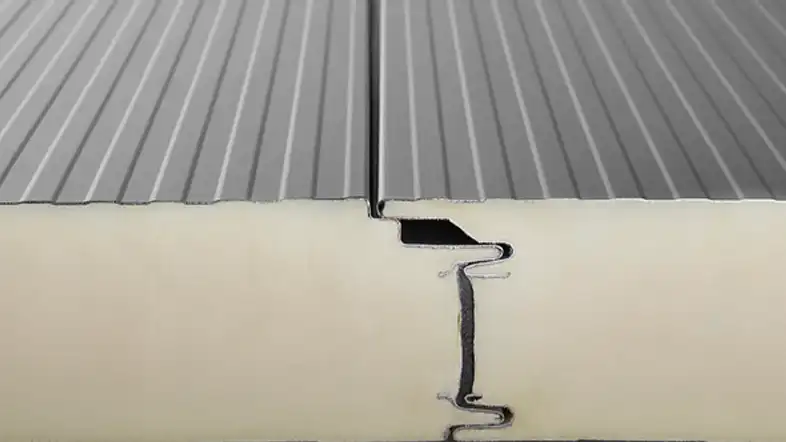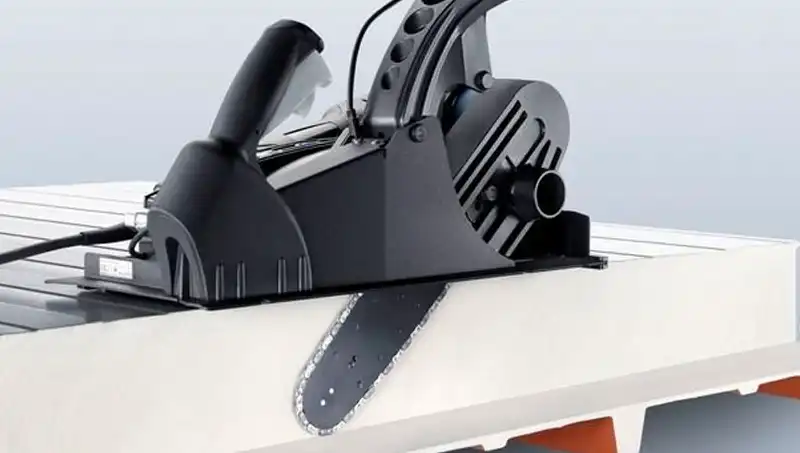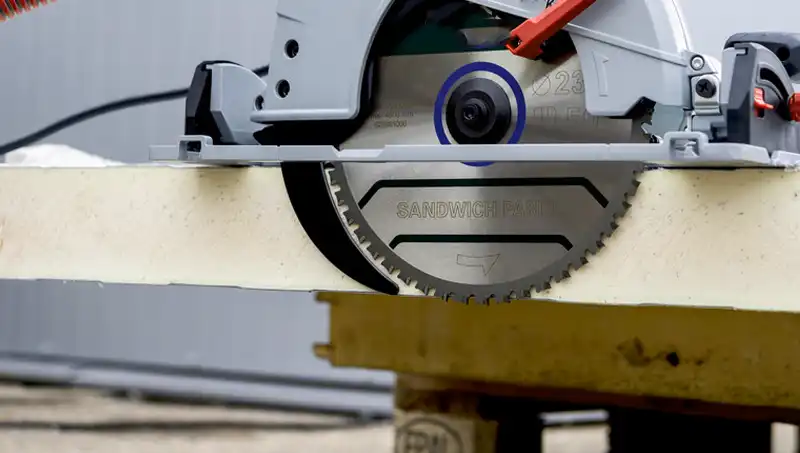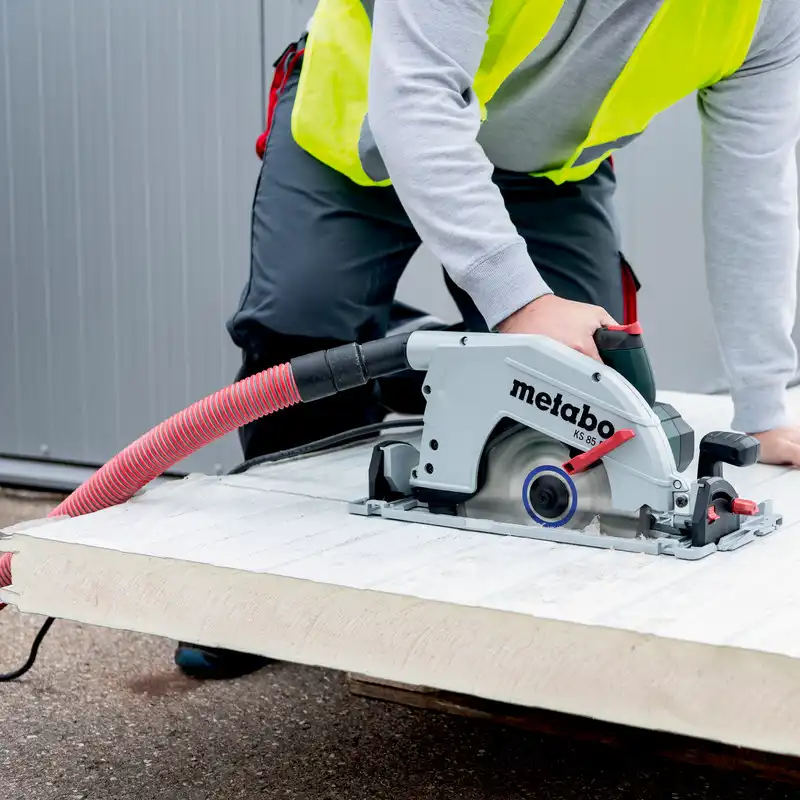Sandwich panels are commonly used in construction and various industries for their insulating and structural properties. However, cutting them accurately can be a daunting task if you don’t have the right knowledge and tools. In this article, we will walk you through the process of cutting sandwich panels effectively and safely.
Understanding Sandwich Panels

Before you start cutting, it’s crucial to understand what sandwich panels are. These panels consist of two outer layers (skins) and a core material in between. The core material can be made of various materials like foam, wood, or metal, depending on the intended use.
Safety Precautions
Safety should be your top priority when working with any cutting tools. Make sure to wear appropriate safety gear, including safety glasses, gloves, and a dust mask. Work in a well-ventilated area to minimize exposure to dust and fumes.
Gather the Necessary Tools for Cutting Sandwich Panel

To cut sandwich panels, you’ll need the following tools:
Circular Saw or Jigsaw
A circular saw or jigsaw with a fine-toothed blade is essential for making precise cuts.
Measuring and Marking Tools
You’ll need a measuring tape, a straight edge, and a pencil to mark the cutting lines accurately.
Clamps
Clamps will help secure the panel in place, preventing it from moving during the cutting process.
Measure and Mark
Measure the dimensions you want to cut on the sandwich panel. Use a straight edge to draw a clear cutting line on the panel’s surface.
Secure the Panel
Use clamps to secure the panel firmly to your work surface. This prevents it from shifting while you cut.
Choose the Right Blade

Select a blade that is appropriate for cutting sandwich panels. A fine-toothed blade with carbide tips works well for most materials.
Set the Cutting Depth
Adjust the cutting depth of your saw or jigsaw to ensure it penetrates the panel without damaging the core material.
Make the Cut
Start cutting along the marked line, using a steady and controlled motion. Keep the blade moving smoothly to avoid splintering or chipping.
Support the Offcut
As you near the end of the cut, make sure to support the offcut to prevent it from falling and causing damage.
Sand Edges
After cutting, use sandpaper or a sanding block to smooth the edges of the panel for a clean finish.
Clean Up
Remove any debris and dust from the work area to maintain a safe and organized workspace.
Considerations for Different Materials
Different core materials may require specific cutting techniques. Research the material you are working with to ensure you are using the right approach.
Using a Guide
If you need to make straight and precise cuts regularly, consider using a cutting guide to maintain accuracy.
Finishing Options
Depending on your project, you may need to finish the cut edges with sealants or edge bands to enhance the panel’s appearance and performance.
Conclusion
Cutting sandwich panels requires precision and safety precautions. By following the steps outlined in this guide and considering the material you are working with, you can achieve clean and accurate cuts for your projects.
FAQs
What types of materials are commonly used as core materials in sandwich panels?
Sandwich panels can have core materials made of foam, wood, metal, or other materials depending on the intended application.
Can I use a regular saw blade to cut sandwich panels?
It’s recommended to use a fine-toothed blade with carbide tips for cutting sandwich panels to prevent splintering and ensure a clean cut.
Are there any safety precautions I should take when cutting sandwich panels?
Yes, always wear safety gear like goggles, gloves, and a dust mask. Work in a well-ventilated area, and secure the panel firmly to prevent movement during cutting.
What is the importance of finishing the cut edges of sandwich panels?
Finishing the cut edges with sealants or edge bands can improve the panel’s appearance and enhance its performance by preventing moisture ingress and protecting the core material.
Can I cut sandwich panels without power tools?
While power tools like saws are recommended for precise cuts, you can use hand tools like a utility knife for thinner panels, but it may require more effort and may not be as accurate.




